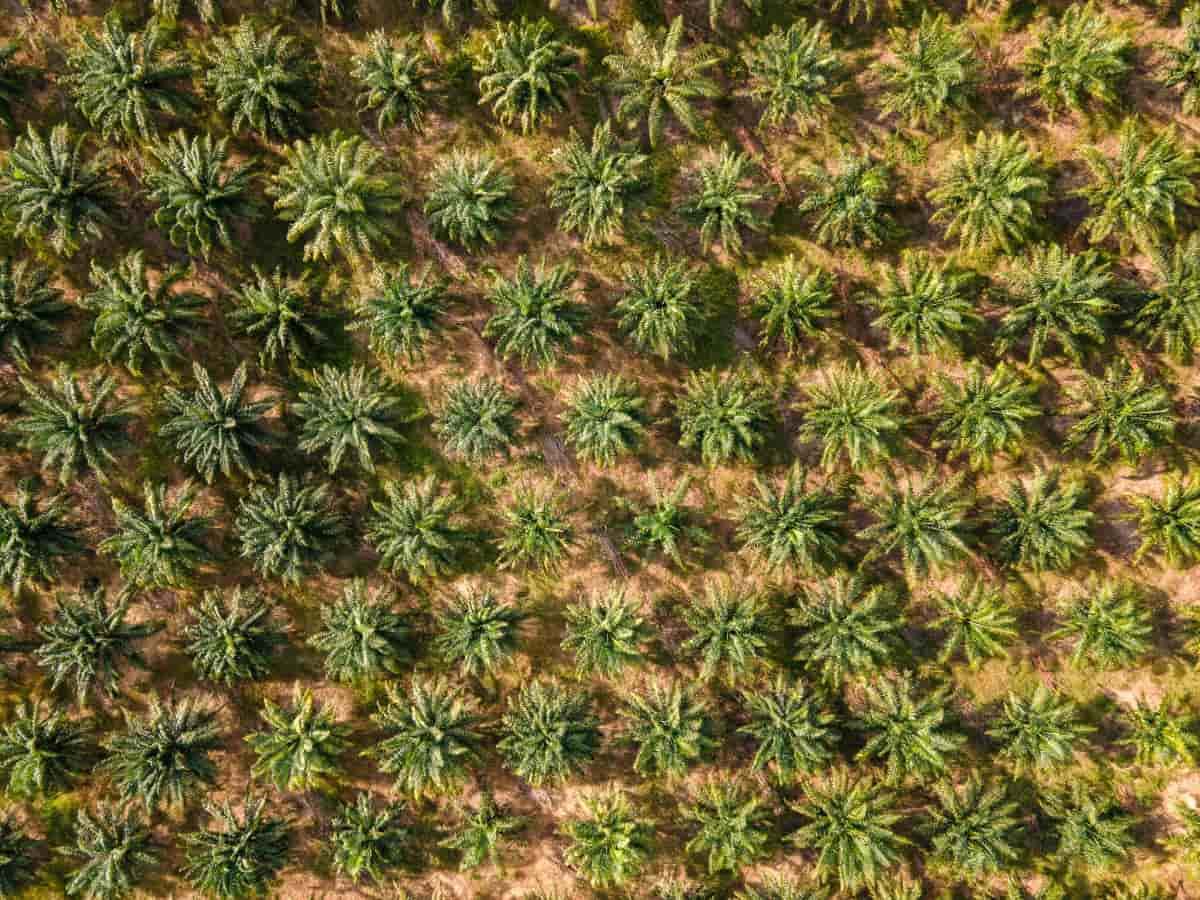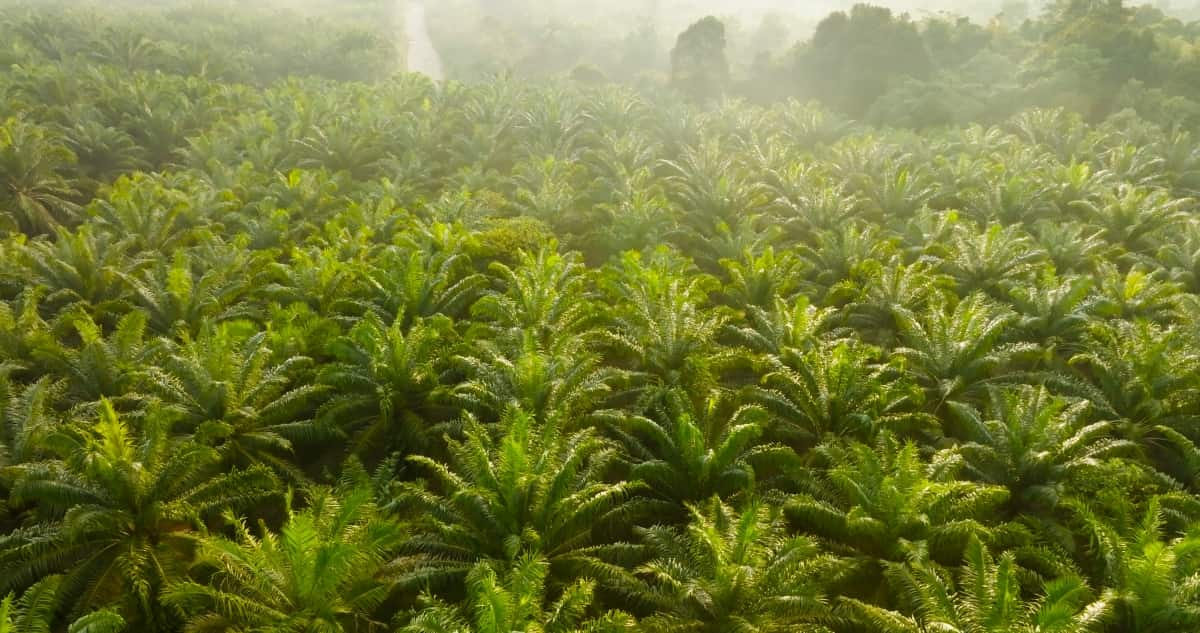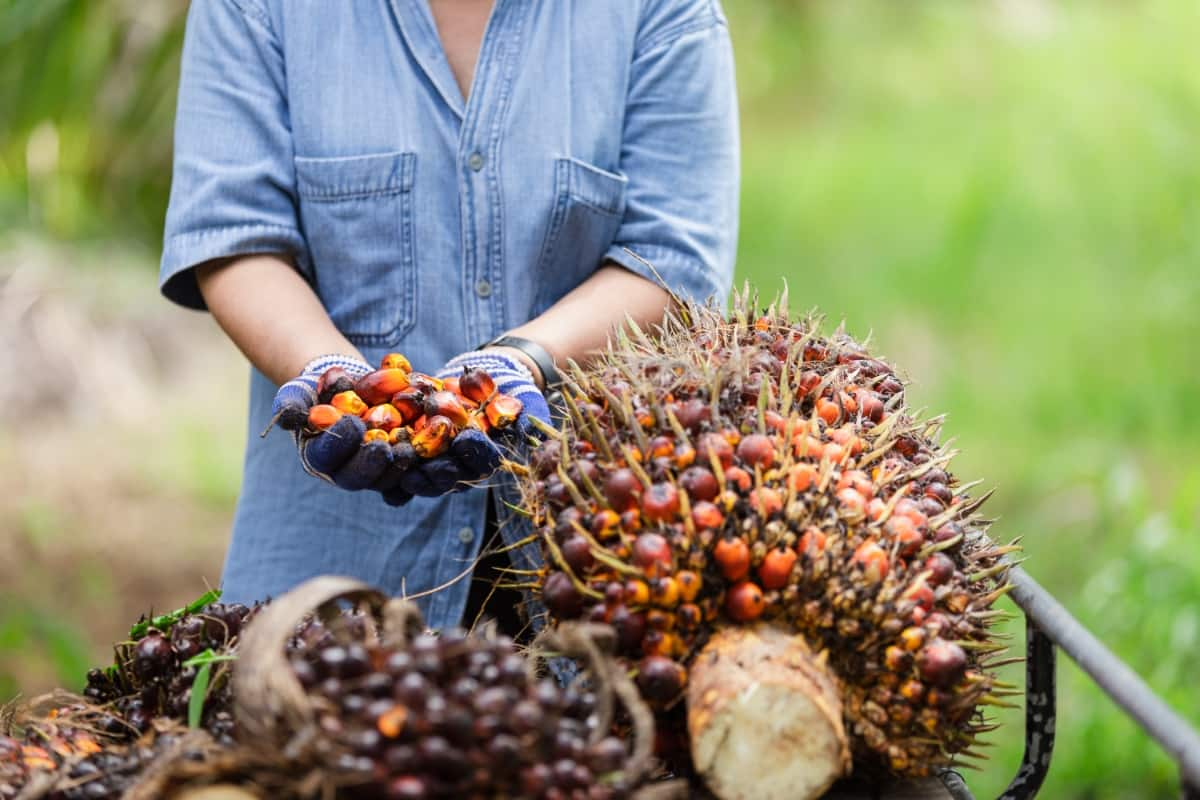The initial investment for drip irrigation in oil palm plantations is a key factor influencing its adoption. In India, for example, the cost per acre ranges from Rs. 1,40,000 to Rs. 2,00,000, depending on factors such as the size of the plantation, terrain, and the type of drip system chosen. This includes expenses for equipment, piping, filtration units, and control systems. Plantation owners need to consider factors like maintenance and operational costs alongside the initial investment to ascertain the long-term viability of drip irrigation.

Drip Irrigation Cost for Oil Palm
Evaluate the Cost of Drip Lines and Emitters for Oil Palm Fields
The cost breakdown of drip irrigation systems for oil palm fields includes drip lines and emitters, critical components ensuring precise water delivery to each tree. The cost per acre for high-quality drip lines and emitters ranges from Rs. 15,000 to Rs. 25,000. Factors influencing this cost include the brand, material quality, and water discharge efficiency. Investing in durable and efficient drip lines and emitters is essential for the long-term success of the system, reducing maintenance and replacement expenses.
Analyze the Expense of Filters and Pressure Regulators in Drip Irrigation Systems
Filters and pressure regulators are integral components of drip irrigation systems for oil palm plantations for maintaining the efficiency and longevity of the system. The cost of filters typically ranges from Rs. 10,000 to Rs. 15,000 per acre, depending on the type and quality. High-quality filters prevent clogging and ensure that the water delivered to the plants is free of impurities, safeguarding the emitters and drip lines. Pressure regulators, vital for maintaining optimal water pressure, contribute to uniform water distribution. The expense for pressure regulators is approximately Rs. 8,000 to Rs. 10,000 per acre.
Estimate the Cost of Automation and Control Systems
The cost of automation, including sensors, controllers, and related equipment, ranges from Rs. 20,000 to Rs. 25,000 per acre. These systems allow for real-time monitoring and automated adjustments, optimizing water usage based on environmental conditions and plant needs. Automation also facilitates remote monitoring, reducing the need for constant on-site supervision.
As technology advances, incorporating smart irrigation solutions becomes increasingly accessible, making it a worthwhile investment for oil palm plantation owners aiming for sustainable and efficient agricultural practices.
Assess the Price of Pumps and Pumping Stations
The cost of pumps typically ranges from Rs. 20,000 to Rs. 25,000 per acre, depending on factors such as pump capacity, type, and brand. Pumping stations, which include the necessary infrastructure for water extraction and distribution, may add Rs. 5,000 to Rs. 10,000 to the overall cost. Proper sizing and maintenance contribute to energy efficiency and reduced operational costs over time. Additionally, considering energy-efficient and environmentally friendly pump options can align with sustainable farming practices.
In case you missed it: Drip Irrigation Cost for Tea Plantation: Exploring Installation Costs Along with Subsidy Per Acre

Explore the Cost of Fertilizer and Nutrient Injection Systems
Fertilizer and nutrient injection systems in drip irrigation for oil palm plantations are crucial for the precise and targeted delivery of essential nutrients. The cost of these systems varies, with an approximate range of Rs. 18,000 to Rs. 25,000 per acre. This includes the expense of injectors, tanks, and associated equipment.
Incorporating these systems allows plantation owners to customize nutrient applications, promoting optimal growth and productivity of oil palm trees. The investment in fertilizer and nutrient injection systems is justified by the improved nutrient efficiency, leading to healthier crops and potentially higher yields.
Calculate the Labor and Installation Costs
Labor and installation costs are significant components of the overall expense of adopting drip irrigation for oil palm plantations. Installation costs, inclusive of labor, equipment, and miscellaneous expenses, typically range from Rs. 18,000 to Rs. 25,000 per acre. Skilled labor is essential for proper system setup, including trenching, pipe laying, and emitter installation. The complexity of the terrain and system design can influence these costs.
Additionally, ongoing labor costs for maintenance and monitoring should be considered. Regular inspection, cleaning, and adjustments to the system contribute to its longevity and effectiveness. Proper installation ensures uniform water distribution and maximizes the benefits of water and nutrient use efficiency, ultimately contributing to the long-term success of oil palm plantations.
Factor the Maintenance and Repair Expenses
Annual maintenance costs typically range from Rs. 8,000 to Rs. 10,000 per acre. This includes expenses for system inspection, cleaning, and replacement of worn-out components. Regular maintenance is crucial for preventing clogs, ensuring proper water flow, and extending the lifespan of the system.
Unforeseen repair costs may also arise, such as fixing leaks, replacing damaged emitters, or addressing issues with pumps and controllers. Annual repair costs typically range from Rs. 8,000 to Rs. 10,000 per acre. Plantation owners should budget for these potential expenses to avoid disruptions in system performance. While maintenance and repair contribute to the overall cost of drip irrigation, they are essential investments in sustaining the efficiency and productivity of oil palm plantations.
In case you missed it: Drip Irrigation Cost for Pumpkin: Exploring Installation Costs Along with Subsidy Per Acre

Energy Costs Associated with Drip Irrigation
Energy costs constitute a significant aspect of drip irrigation in oil palm cultivation, impacting the overall operational expenses. The primary energy-consuming components include pumps, controllers, and, if applicable, automation systems. The energy consumption for pumps depends on factors such as pump capacity, head pressure, and system design. Controllers and automation systems, though relatively low in energy consumption, contribute to the overall demand.
To calculate the energy costs, one must consider the local electricity rates, which may vary widely. On average, energy costs for drip irrigation in oil palm cultivation can range from Rs. 7,000 to Rs. 12,000 per acre annually. Employing energy-efficient pumps and utilizing renewable energy sources, such as solar power, can help mitigate these costs and align the system with sustainable practices.
Cost Analysis of Drip Irrigation Per Acre for Oil Palm Crops
| Item | Cost Range (Rs.) |
| Drip Lines & Emitters | 15,000 to 25,000 |
| Filters and Pressure Regulators | 18,000 to 25,000 |
| Automation and Control Systems | 20,000 to 25,000 |
| Pumps and Pumping Stations | 25,000 to 35,000 |
| Fertilizer and Nutrient Injection Systems | 18,000 to 25,000 |
| Labor and Installation Costs | 18,000 to 25,000 |
| Maintenance and Repair Expenses | 16,000 to 25,000 |
| Energy Costs | 7,000 to 12,000 |
Government Subsidy for Drip Irrigation in Oil Palm Crops
The Indian government promotes sustainable and efficient agricultural practices, including drip irrigation, and may provide subsidies to encourage their adoption of oil palm farming. These subsidies mainly aim to reduce the financial burden on farmers, making modern irrigation technologies more accessible and economically viable.
Indian government provides subsidies to encourage farmers, especially small and marginal ones, to adopt drip and sprinkler irrigation systems. The subsidy amounts to 55% of the indicative unit cost for small and marginal farmers and 45% for other farmers under the Pradhan Mantri Krishi Sinchayee Yojana (PMKSY) – Per Drop More Crop (PDMC) scheme.
Compare the Overall Operational Costs of Drip Irrigation vs. Traditional Methods in Oil palm Farming
Drip irrigation, despite higher initial investment, generally boasts lower overall operational costs for oil palm farming compared to traditional methods like flood irrigation. Drip systems efficiently deliver water and nutrients directly to plants, reducing resource wastage and optimizing yields. Traditional methods often incur higher water and fertilizer expenses, along with increased labor for field maintenance. The long-term efficiency and sustainability of drip irrigation make it a cost-effective choice, aligning with modern agricultural practices and environmental conservation.
In case you missed it: Drip Irrigation Cost for Almond Plantation: Exploring Installation Costs along with Subsidy Per Acre

Conclusion
The commitment to precision farming through drip irrigation aligns with sustainable practices, contributing to increased productivity and resource conservation in oil palm cultivation. Overall, the careful consideration of costs and subsidies positions drip irrigation as a viable and forward-looking choice for oil palm farmers.
- Feed Your Flock for Less: Top 10 Tips to Save on Chicken Feed
- Ultimate Guide to Ossabaw Island Hog: Breeding, Raising, Diet, and Care
- Hatching Answers: The Top 10 Reasons Your Chickens Aren’t Laying Eggs
- Eggs and Economics: Breaking Down the Cost of Raising Backyard Chickens
- Defend Your Greens: Proven Methods to Keep Iguanas Out of Your Garden
- Ultimate Guide to Cinnamon Queen Chicken: A Comprehensive Guide for Beginners
- Ultimate Guide to California Tan Chicken: Breeding, Raising, Diet, Egg-Production and Care
- Ultimate Guide to Marsh Daisy Chicken: Breeding, Raising, Diet, and Care
- 10 Types of Chicken Farming Businesses You Can Start for Profits